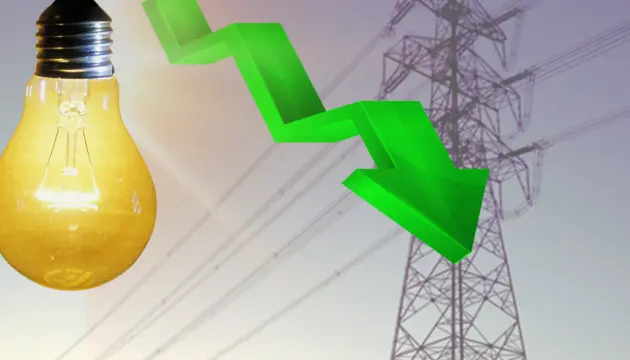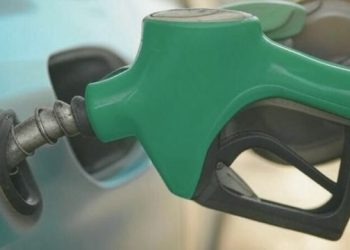ISLAMABAD: More details have emerged about the government’s recently announced Rs7.41 per unit electricity relief, revealing the breakdown of temporary and long-term components, funding sources, and the implementation timeline. The relief package, already approved by the federal cabinet, will apply for three months across all power distribution companies, including K-Electric. It is backed by savings from tariff adjustments, reduced fuel charges, and renegotiated agreements with power producers.
According to the Power Division, the government has reduced electricity prices by Rs5.96 per unit, which rises to Rs7.41 per unit after adding 18% GST.
The relief comes from three main areas: a reduction of Rs1.90 per unit in the Quarterly Tariff Adjustment (QTA), Rs0.90 in Fuel Charges Adjustment (FCA), and Rs1.70 from the Petroleum Levy. After tax, these amount to Rs2.37, Rs1.13, and Rs2.12 per unit respectively. Additionally, Rs1.45 per unit comes from savings achieved through talks with Independent Power Producers (IPPs) and government power plants, increasing to Rs1.81 per unit after tax.
Out of the Rs7.41 relief, Rs3.93 per unit is expected to be long-term, while Rs3.50 is temporary and will apply for April to June. The sustainable relief includes Rs1.81 from ending contracts with five IPPs, switching 14 IPPs to “take-and-pay” mode, cancelling one IPP contract, delinking bagasse-based plants, and revising contracts of six government plants. Another Rs2.12 per unit is expected to stay due to the Rs10 per liter Petroleum Levy.
The temporary Rs3.50 relief includes Rs2.37 from the QTA cut and Rs1.13 from FCA savings. These are subject to changes in fuel prices and the dollar rate.
Nepra, which reviews electricity costs quarterly and monthly, will now evaluate the government’s petition. In a public hearing, the Power Division said the Rs5.96 relief is backed by existing negative adjustments. With tax, the full benefit is Rs7.69 for industries and Rs7.41 for homes. Lifeline consumers will not get this relief.
The Rs1.71 per unit relief funded through the Petroleum Development Levy (PDL) will be cross-subsidized by higher petrol and diesel prices. The PDL was recently raised from Rs60 to Rs70 per liter, adding Rs58.6 billion in revenue.
The Power Division said the cabinet has approved the package, which applies to all distribution companies including K-Electric. The government avoided annual tariff rebasing due to economic conditions.
ALSO READ >>> >>> Punjab launches online prisoner sentence tracking system for transparency
Savings are also being achieved through renegotiated contracts with 32 IPPs. So far, Rs12 billion in savings from five IPPs have been included in recent QTA reductions. Talks with commercial banks to restructure liabilities are also ongoing.
Meanwhile, Nepra confirmed Rs1.36 relief per unit under FCA has already been given. Another Rs1.71 could bring total relief close to Rs5.04 per unit.
Concerns were raised over the rise of rooftop solar systems. The government reported that 283,000 users have installed net metering, shifting cost burdens onto the grid and increasing average tariffs by Rs1.5 per unit.














